Capture the Moment!
Since 2013, I’ve published hundreds of blog posts on all aspects of photography. Some are aimed at helping photographers with their technique, settings, and equipment, but others describe my exhibitions, workshops, and adventures in Africa, Antarctica, and beyond.
Feel free to browse chronologically or click on the heading above any post for specific categories, such as Equipment, Trips or Hints and Tips.
If you’d like to write a guest post, please drop me a line on +44 7942 800921 or at nick@nickdalephotography.com.
(Please note that some posts contain affiliate links from which I can earn a small commission.)
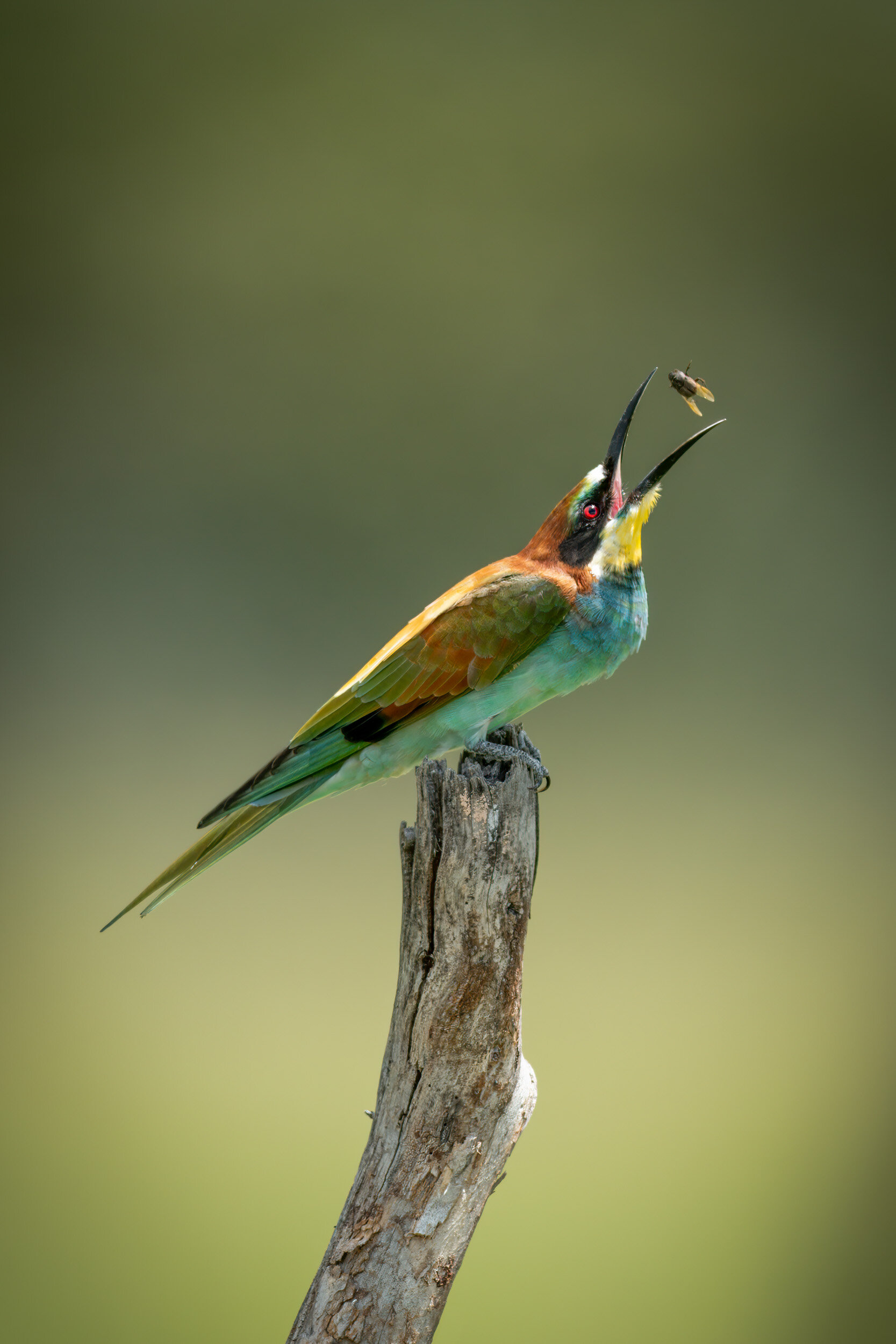
Aperture Settings for Wildlife Photography
The aperture is simply the size of the hole in the lens through which light passes on its way to the sensor, and the principle is similar to that of the shutter speed.
The bigger the aperture, the more light reaches the sensor and therefore the brighter the image (all other things being equal). The smaller the aperture, the less light reaches the sensor and therefore the darker the image.
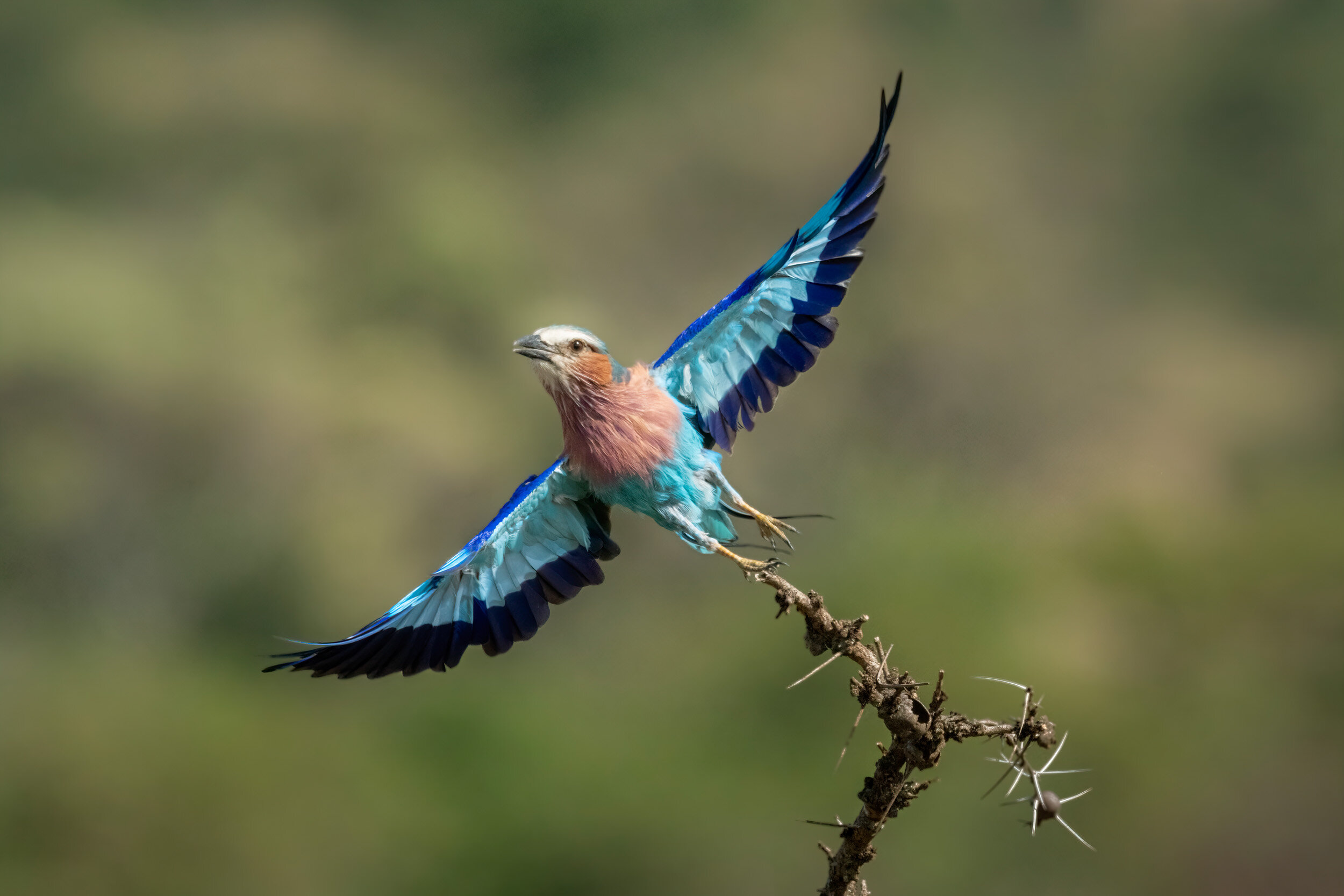
Shutter Speeds for Action Shots
Choosing the right shutter speed for action shots is very important: too fast, and the animal will appear frozen; too slow, and you’ll end up with a blurry mess!
Here’s a quick guide to recommended shutter speed settings for different subjects and types of shot together with a few illustrative examples.
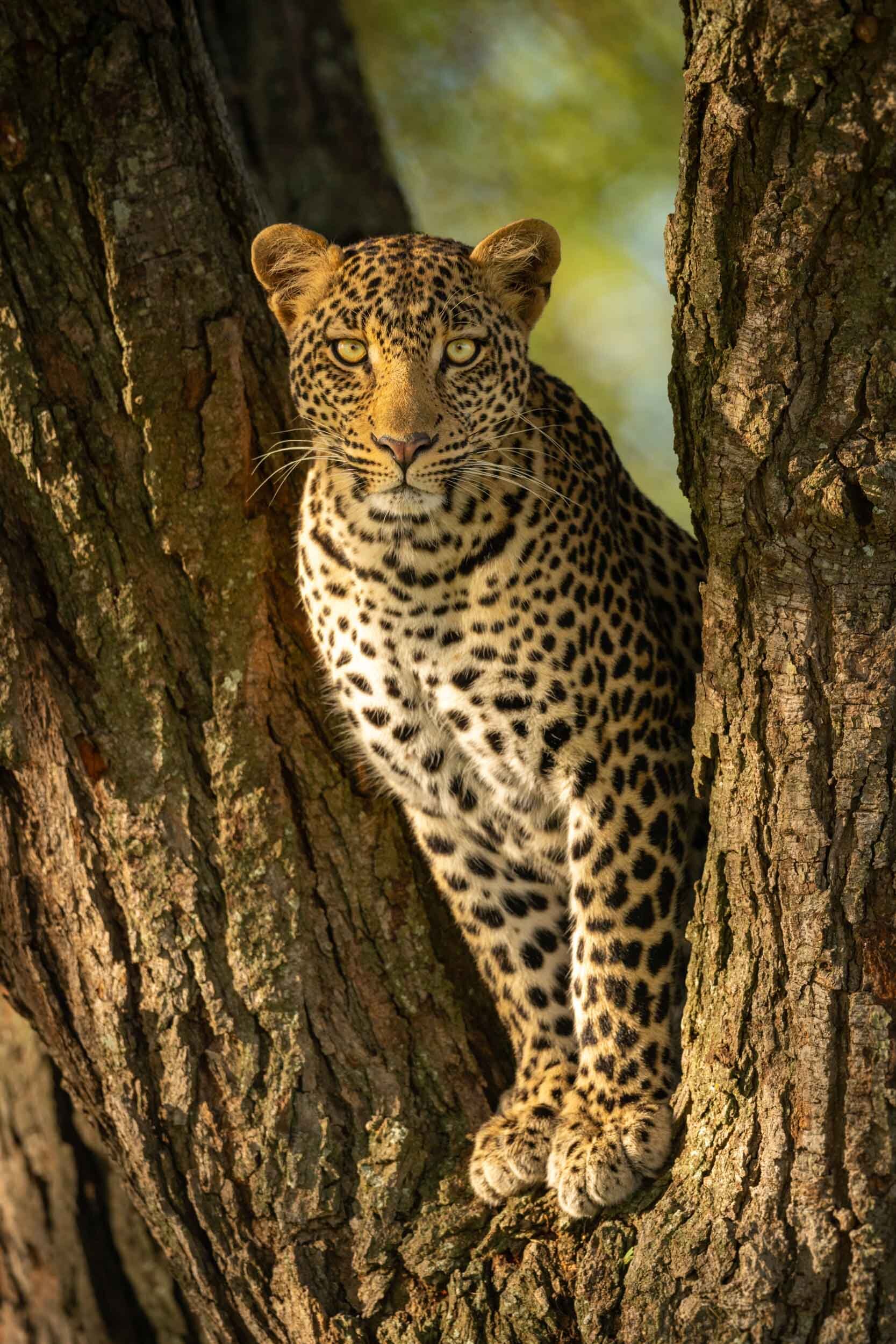
How to Shoot a Leopard
Leopard sightings are pretty rare, but I went on an Exodus photographic trip to Kicheche Bush Camp in summer 2018 with Paul Goldstein, and that was when I had virtually all my best sightings of leopards.
Here are a few of the lessons I learned from that experience.
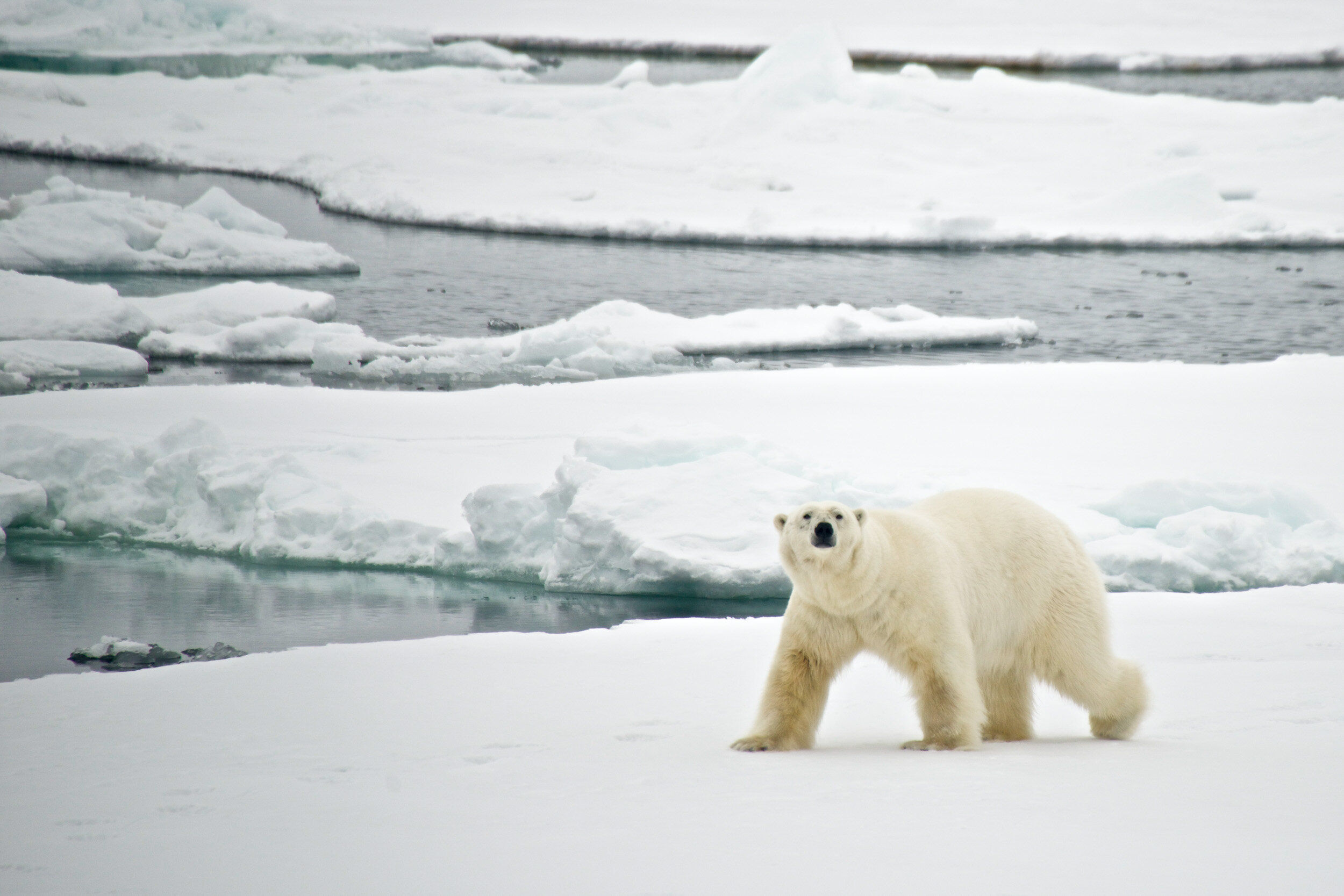
How to Shoot a Polar Bear
I went on an Exodus photographic trip to Spitsbergen in summer 2014 with Paul Goldstein, and I saw around a dozen polar bears.
Here are a few of the lessons I learned from that experience.
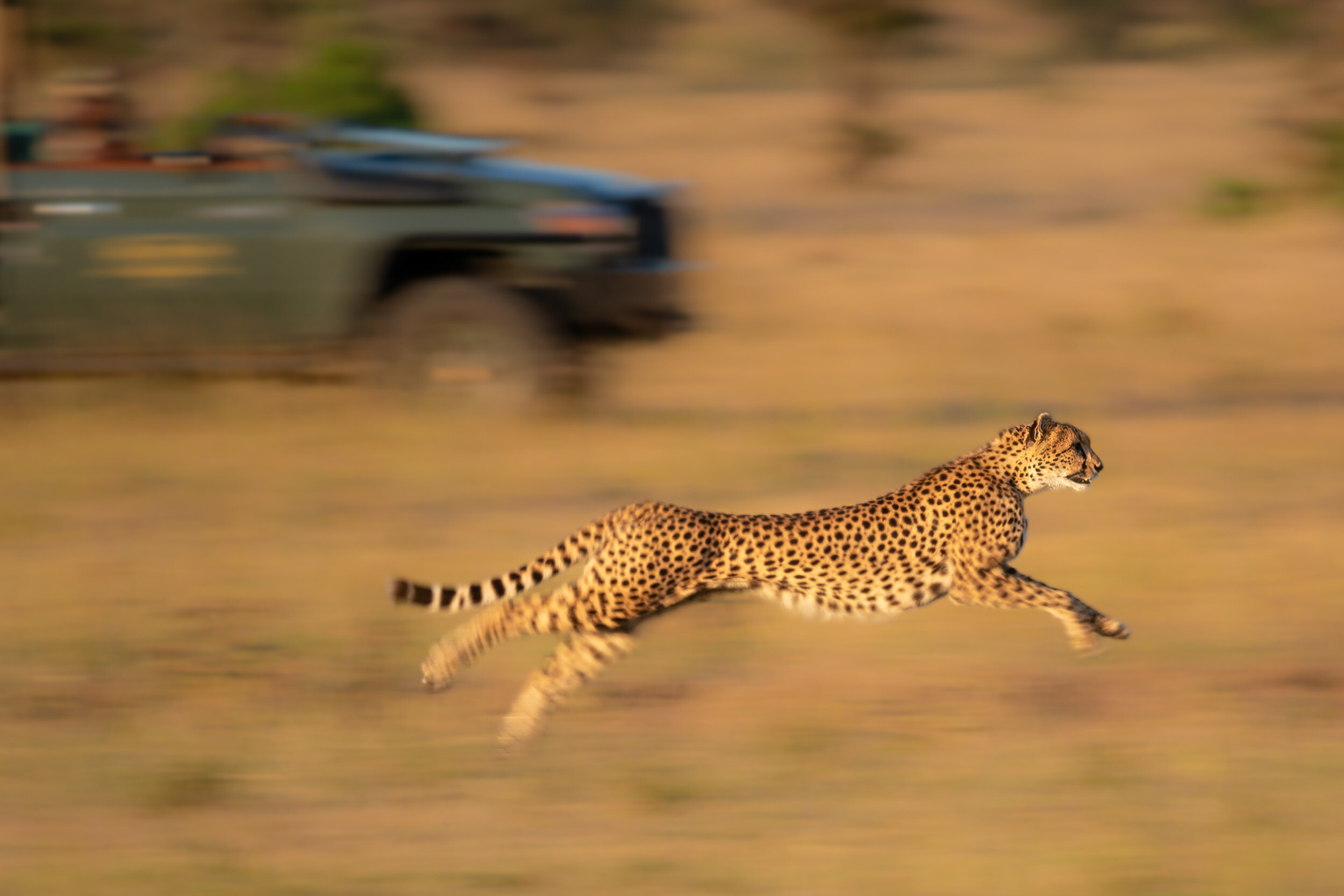
The Slow Pan
I took this shot on an Exodus trip to Kicheche Bush Camp in 2018 with Paul Goldstein.
Paul’s a great fan of the slow pan to heighten the sense of energy in action shots, and I’m now his disciple!
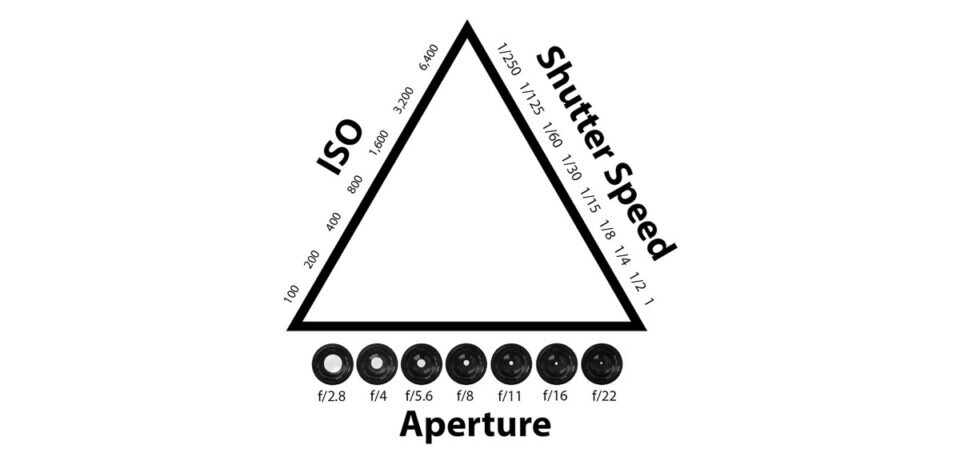
The Exposure Triangle
Let’s go back to basics! What is the Exposure Triangle? Why do you need to know about it? How can it help you?
In this article, I’ll answer all those questions - and more!
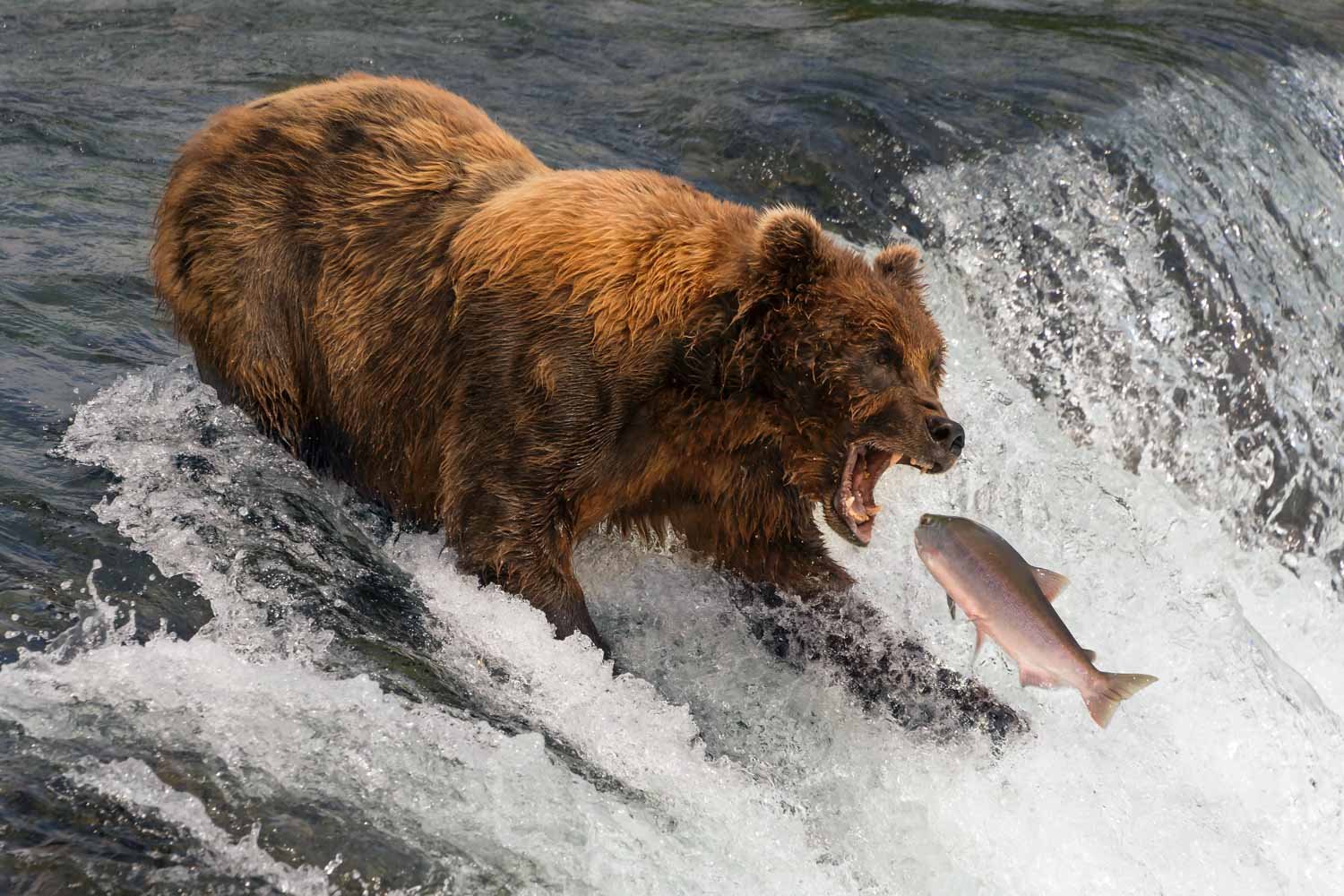
Every Picture Tells a Story: Bear Gills
I’m a wildlife photographer, and this is one in an occasional series of posts about my best photographs. I’ll tell you how I took them and break down the shot into the idea, the location, the equipment, the settings, the technique and any post-processing necessary.

Depth of Field
To blur or not to blur. That is the question.
In this article, I’ll tell you how to control depth of field (or DOF) and try to show you when you don’t want it, when you do want it and what to do when it all goes horribly wrong!
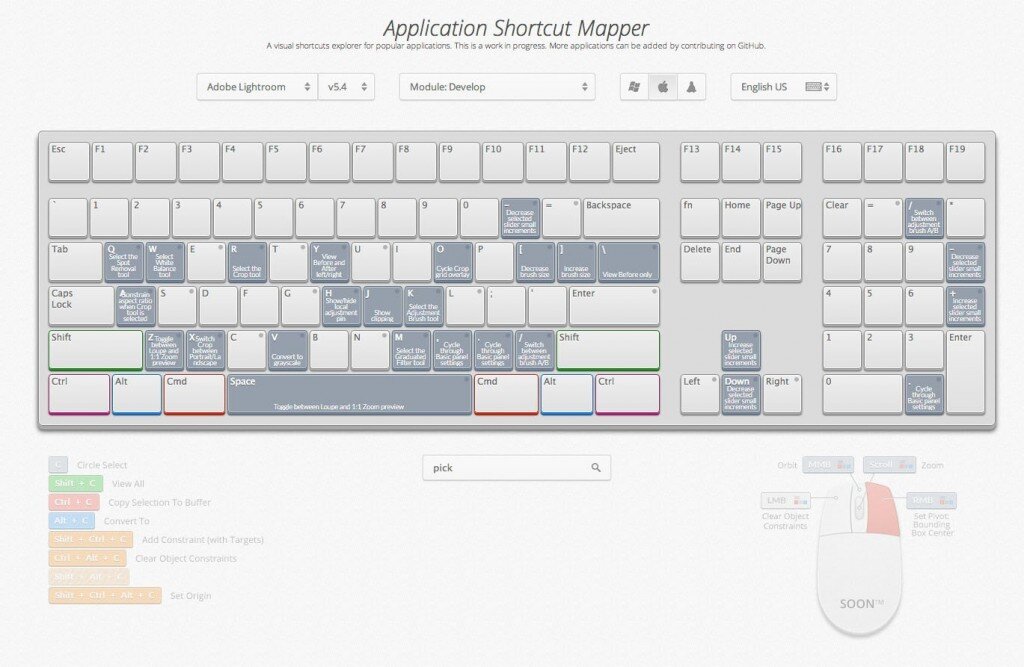
Lightroom Shortcuts
I’ve just taken part in the Lightroom Virtual Summit, hosted by Matt Kloskowski and Dave Cross, and it inspired me to write a post about Lightroom shortcuts. I learned a couple of new ones while watching their series of videos, and I’m happy to share them all with you.
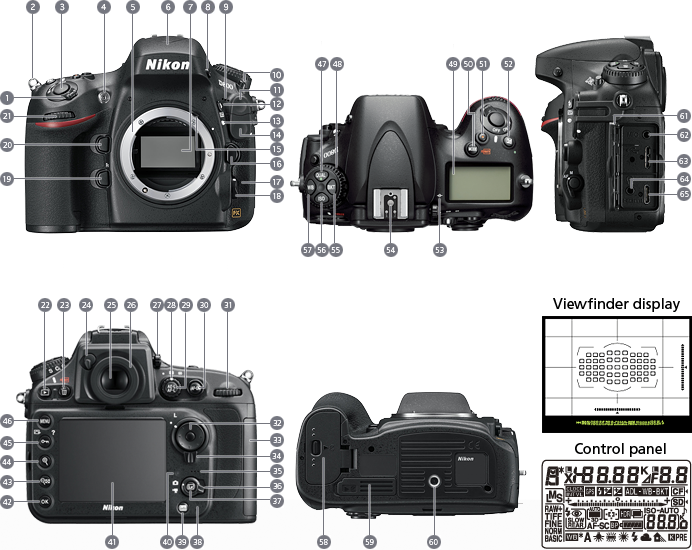
Back Button Focus
Back button focus (or BBF) is an important tool in wildlife, sport and any other kind of action photography.
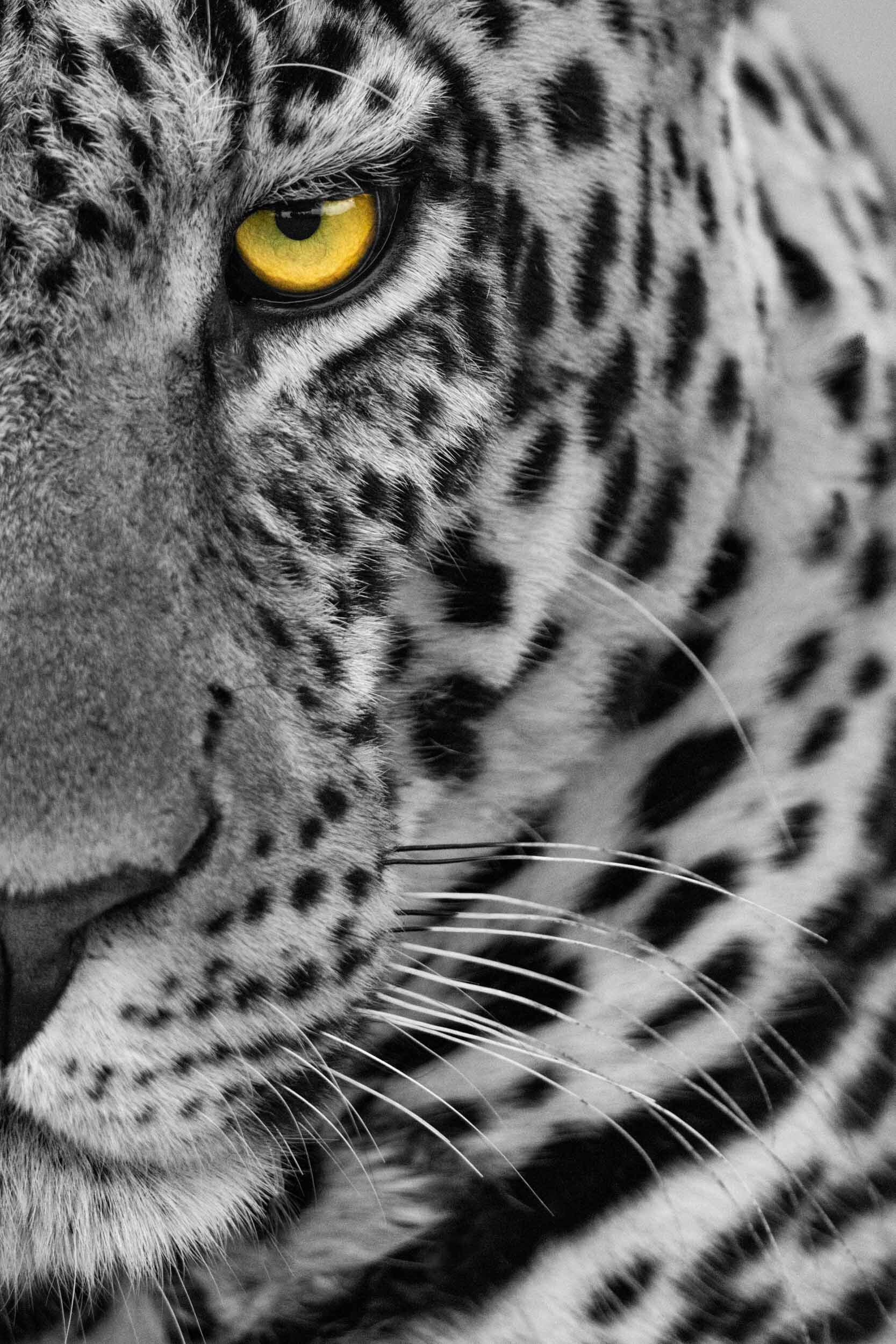
Selective Colour
The advent of digital cameras led to a number of changes in photography, and one of those was the chance to create pictures using selective colour.
The basic idea is to turn a photograph into black and white and then highlight the key area by colouring it in again.
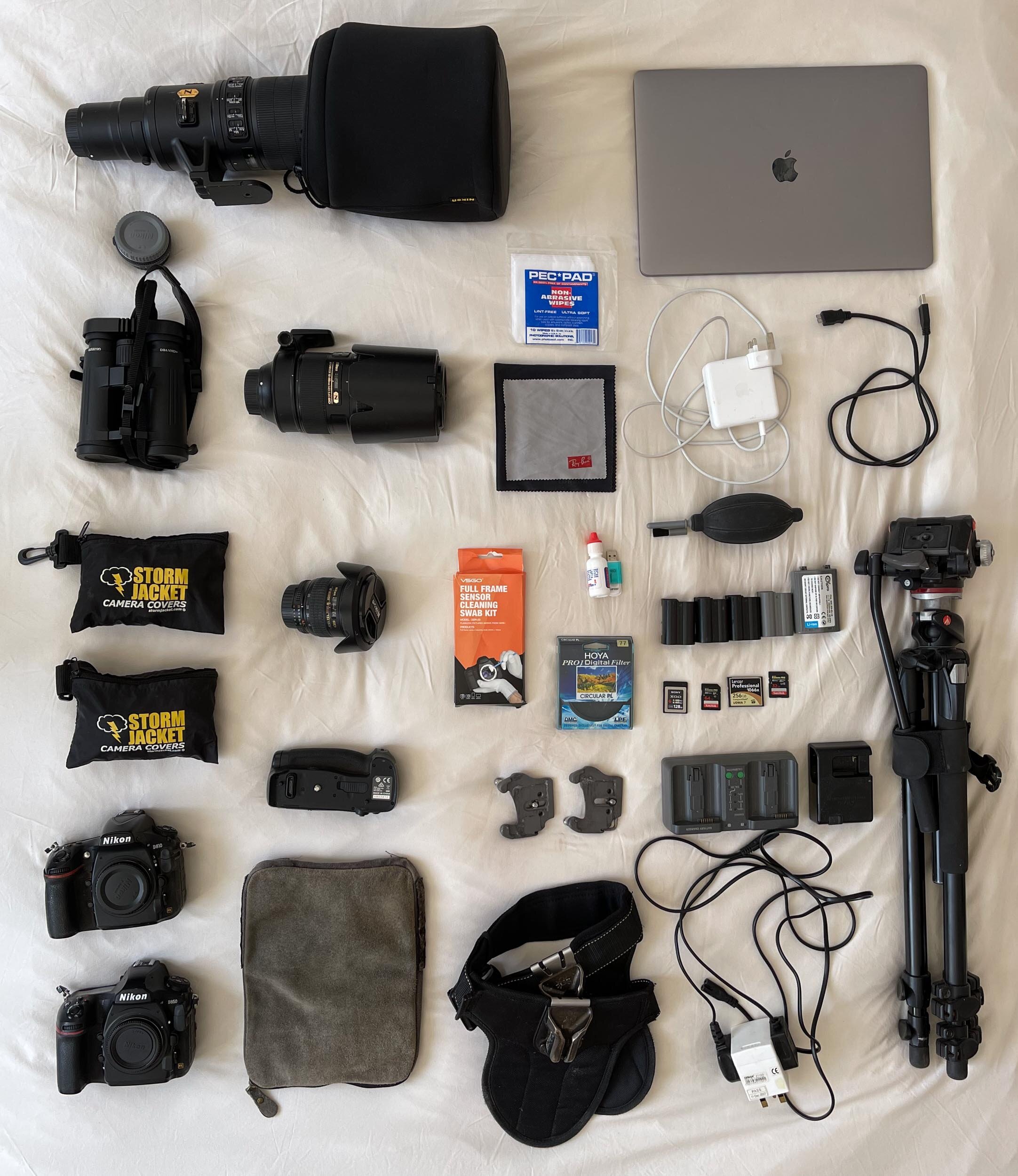
What I Have in my Camera Bag
I’ve taken pictures in 26 countries on all seven continents, but the only place I’ve visited regularly is Africa.
This list of what’s in my camera bag is therefore geared towards a safari trip, and it would obviously look a bit different if I was snorkelling in the Galápagos Islands or going white water rafting!
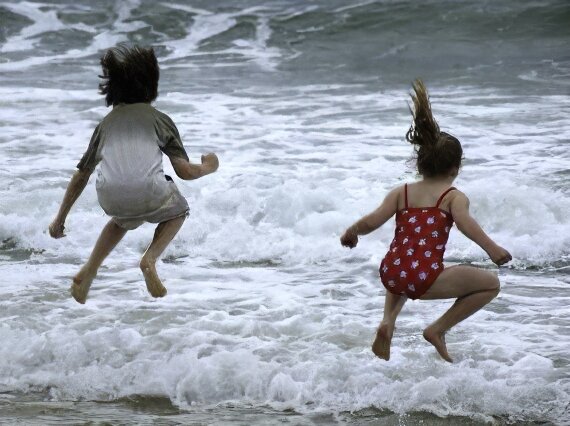
How to Enlarge a Photo
Gigapixel AI is the ‘ugly duckling’ of the Topaz Labs suite of software programs, but it can be just as useful as Sharpen AI and DeNoise AI if you need to enlarge an image, say for printing.

How to Reduce Noise
I’ve recently discovered the Topaz Labs suite of software products that includes Sharpen AI, Gigapixel AI and DeNoise AI. This article discusses how best to use the last of these.
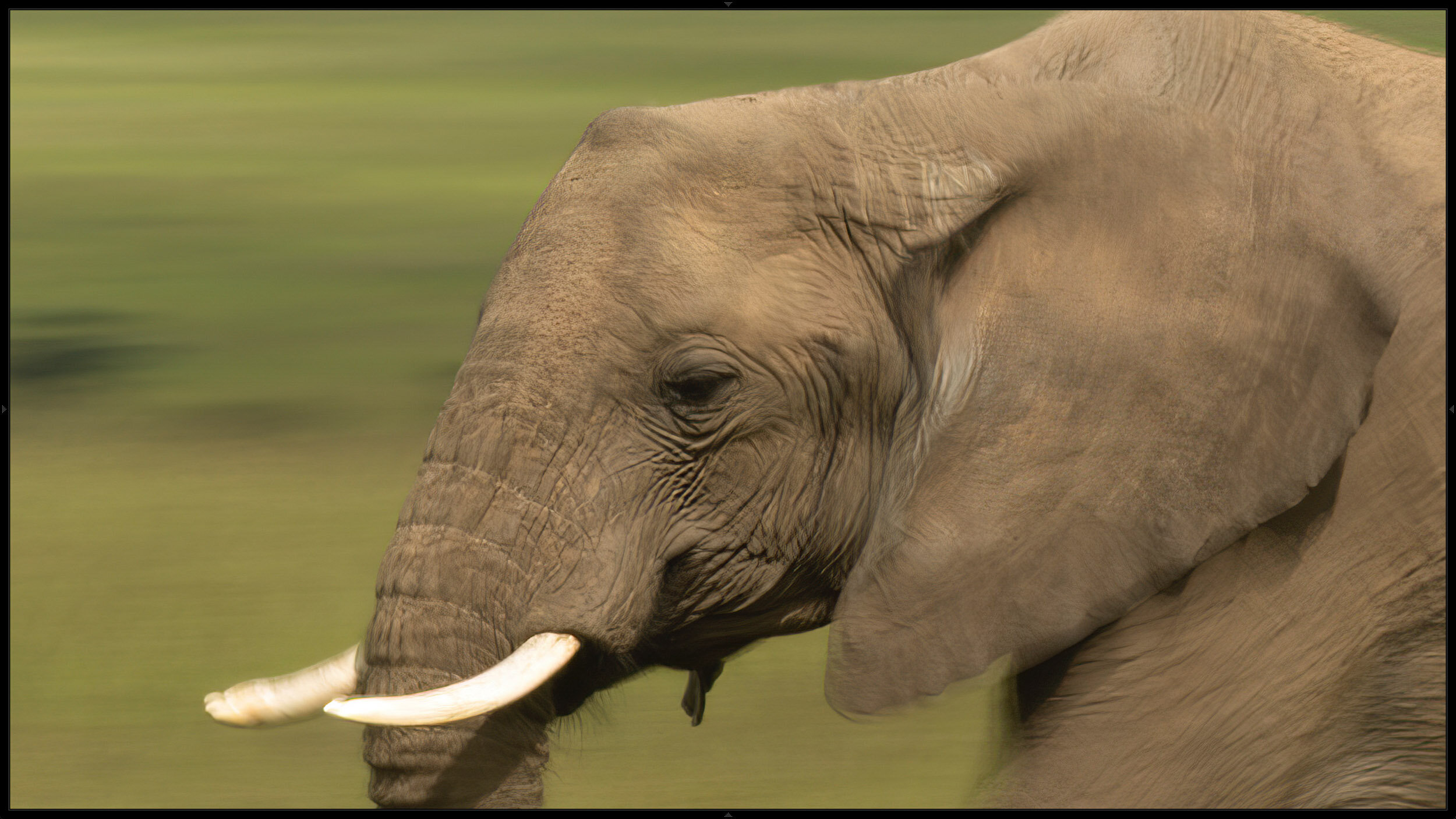
How to Sharpen an Image
I use Adobe Lightroom for editing all my images, and it’s a very good program, so generally I have no complaints.
However, there’s one thing I never do in Lightroom, and that’s sharpening.
The problem is that ‘sharpening’ in Lightroom is not really sharpening at all. It’s contrast. And there’s a big difference.

How to do Low Light Photography
Every problem is a fact plus a judgment.
Low light might be regarded as a ‘problem’, but it depends how you look at it.
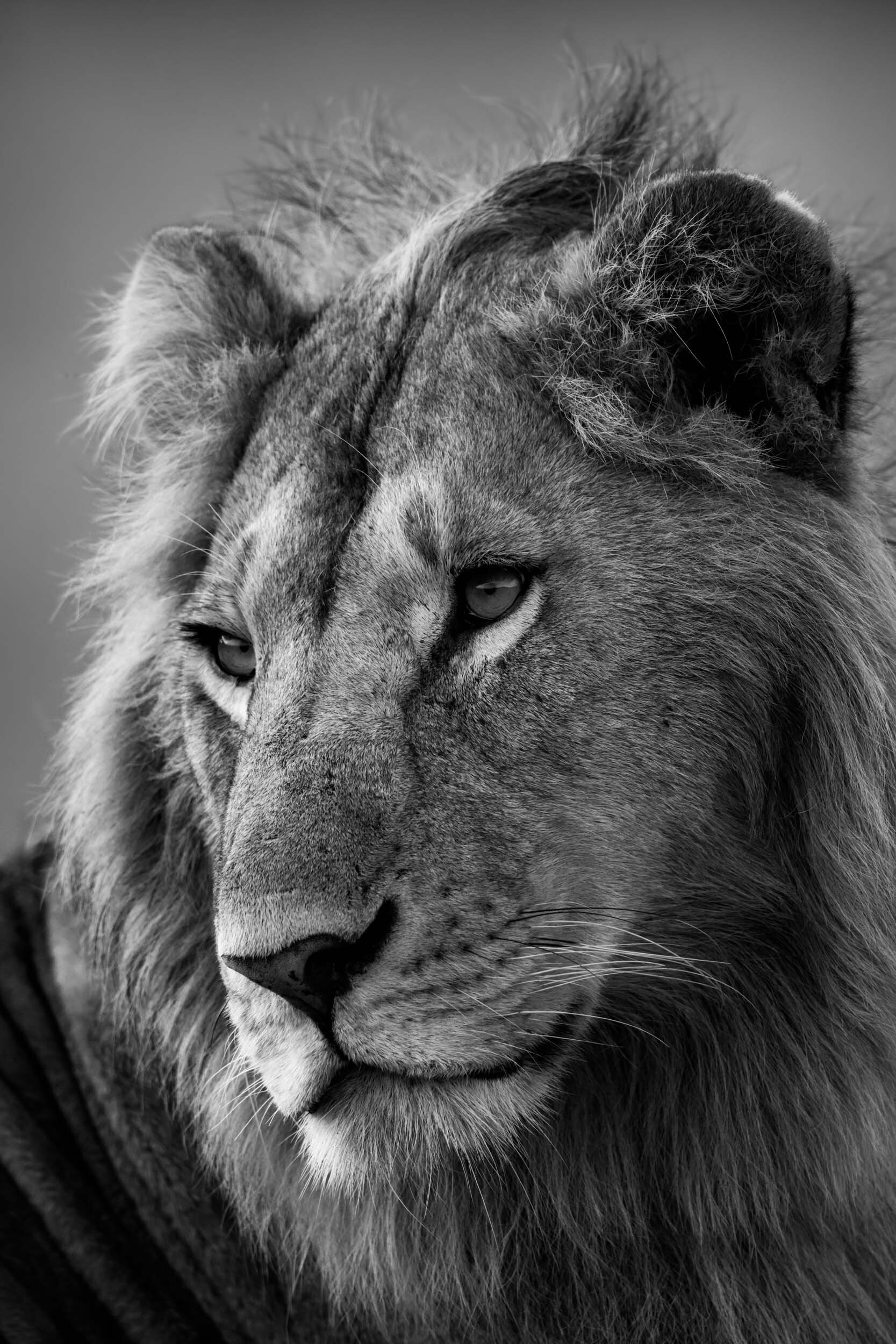
How to Improve Your Black and White Wildlife Photography
I don’t take any shots in black and white. And nor does anyone else, for that matter, because modern DSLR RAW files are always in colour. If you want to create black and white images, then you simply have to convert them in Lightroom.
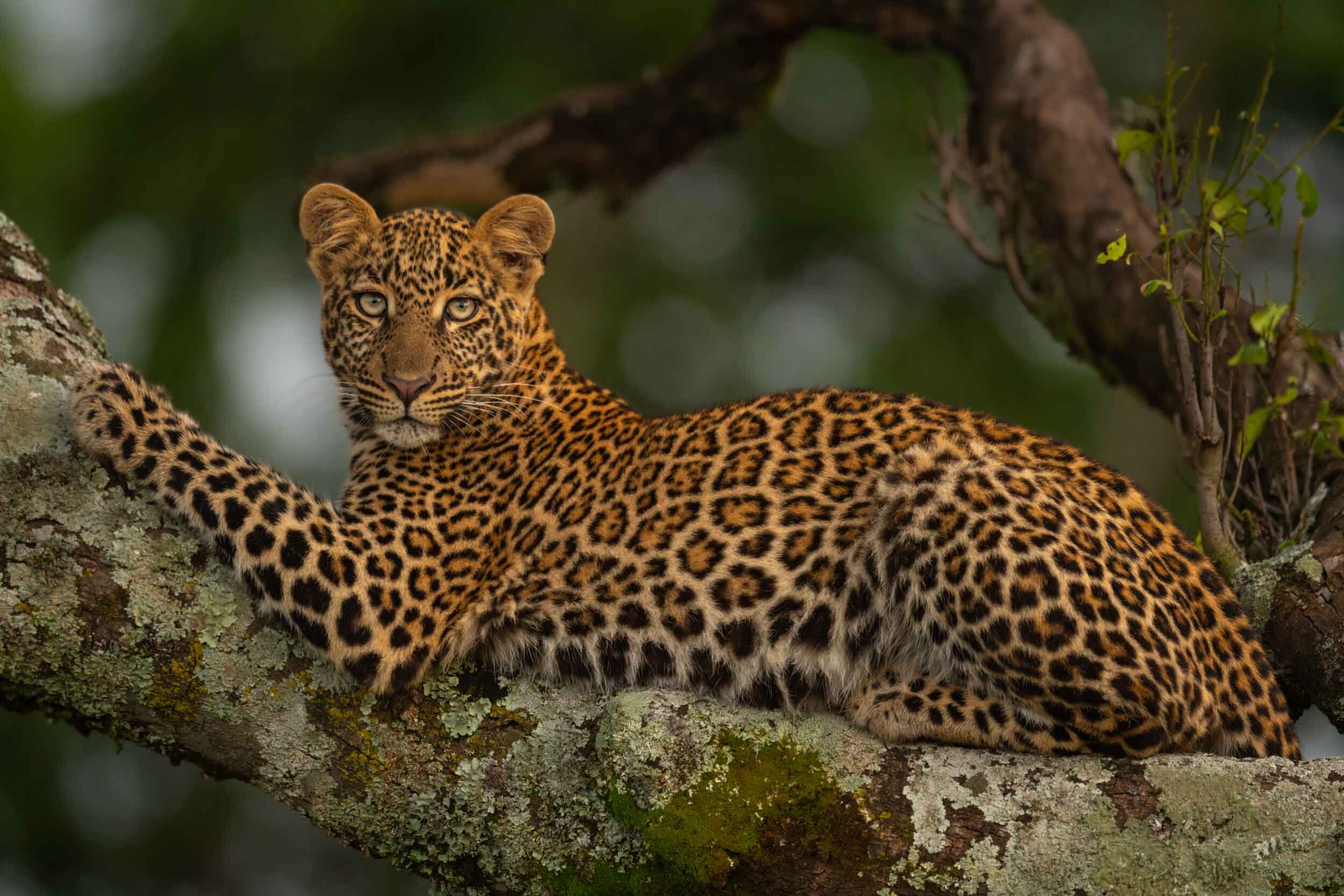
How to use Exposure Compensation
Whenever I teach people about exposure compensation, I always find myself using the example of a leopard in a tree: “The sky behind is bright, but the leopard is dark, so you have to use a stop or two of exposure compensation.”
The idea is to get the ‘right’ exposure for the subject when the camera is being ‘fooled’ by the bright background, but why does this happen?
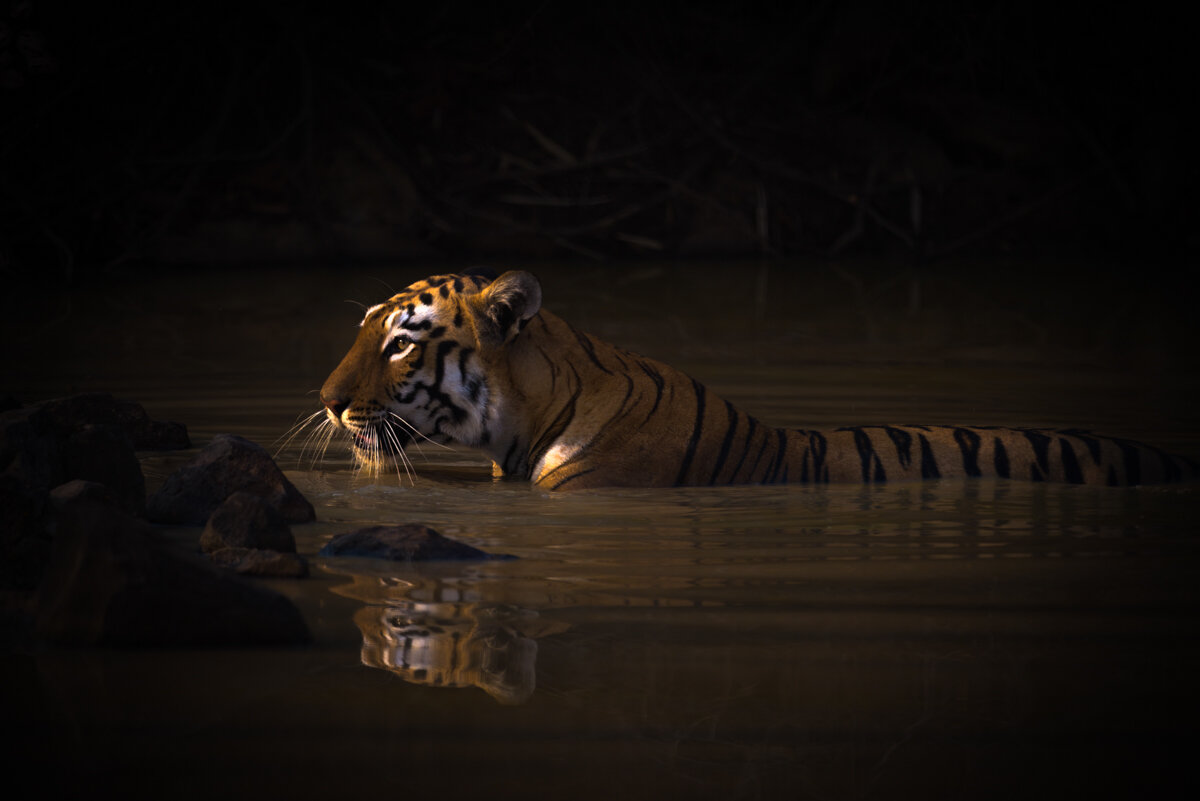
Nine Ways to Make Money from Wildlife Photography
The obvious question for a lot of amateur photographers is ‘How do I make money from wildlife photography?’ The answer is that I’m still trying to work it out! All I can do is tell you what I’ve done myself and give you a few ideas.
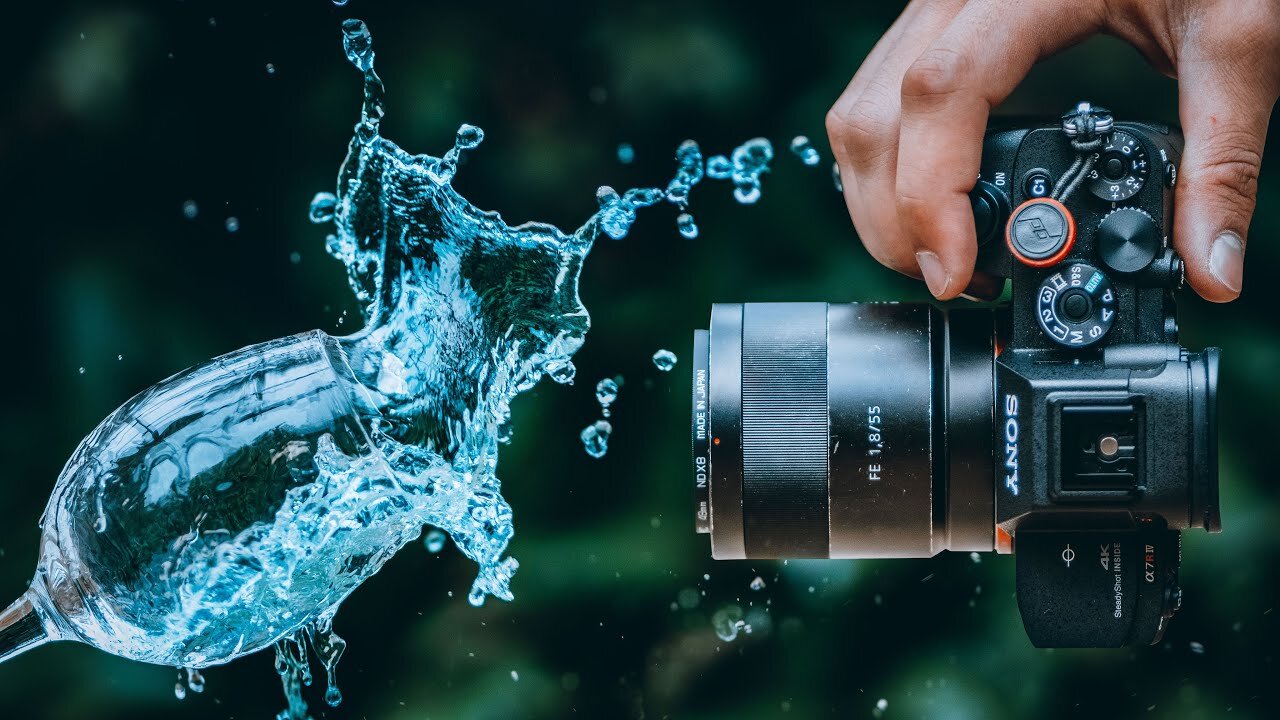
Guest Post: The Work of a Photographer
Photography is a field that is gaining more and more popularity every year. It's no wonder that almost anyone can take pictures today - all you need is a mobile phone with good optics.
